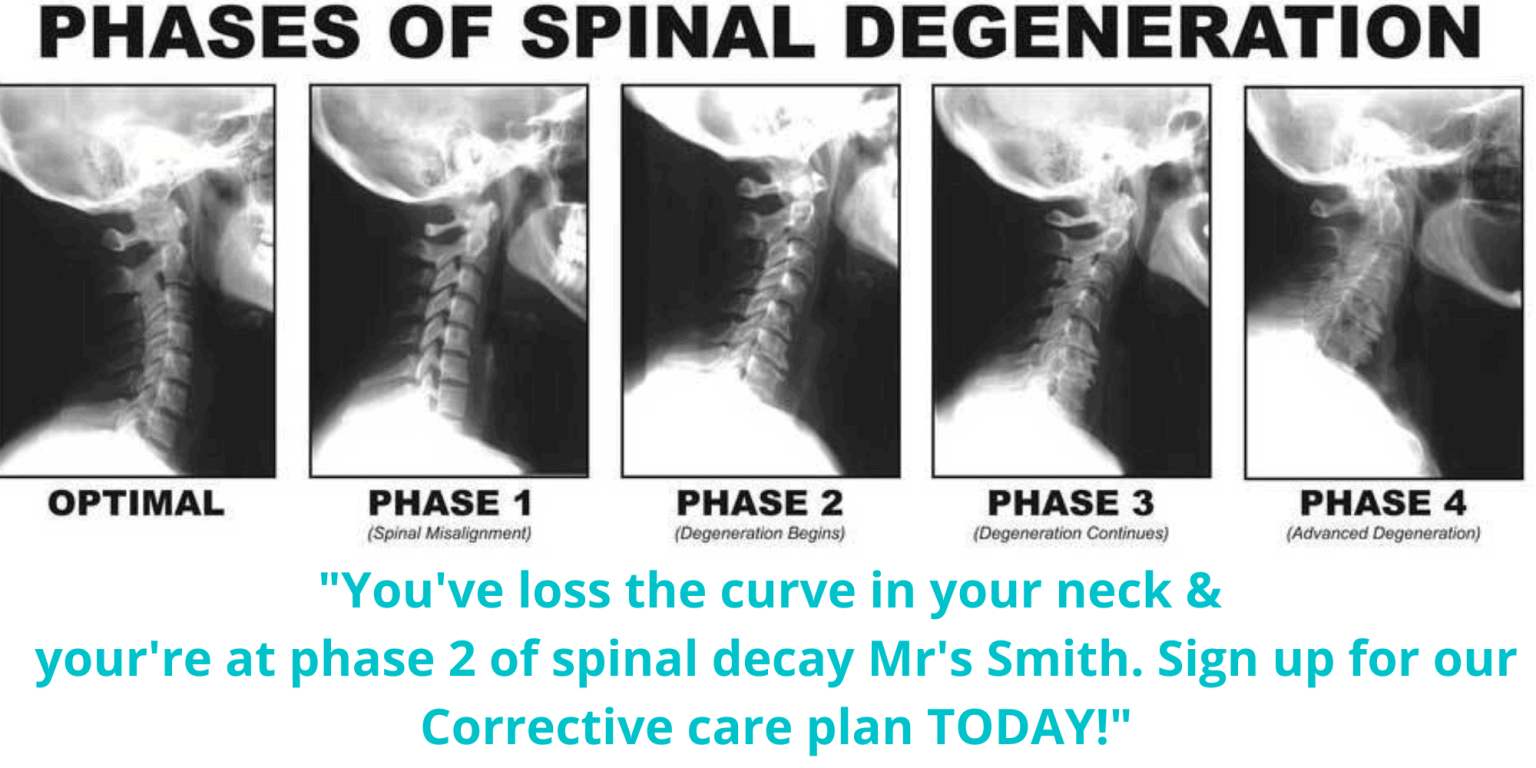There has been over a decades worth of scientific research showing x-ray findings of people with back pain versus people without back pain are almost identical.
From my experience it always seems to be the same chiropractors who routinely x-ray their clients despite research showing they potentially do more harm than good, expose people to unnecessary radiation and additional costs to the individual and/or taxpayers, they tend to be chiropractors who only treat for 10 minutes and get symptomatic relief. Under normal circumstances most people wouldn’t pay $80-$90 for a treatment that gets similar results to taking over-the-counter pain medication, they are often told their spine is “broken”, misaligned, degenerated, their neck curve is too flat, etc… and it’s normal to need multiple visits a week or regular ongoing treatment and lifelong “maintenance care” to prevent more “damage” from occurring. This is despite none of these things being related to most people’s pain, their are just as many without pain that would have these findings and most people only need 2-4 weekly visits with a wholistic approach and as needed after that, which can be reduced by keeping active, self-treatment techniques, managing stress levels, getting enough sleep, etc…
X-ray findings between people with back pain and without back pain are almost identical, they do not improve outcomes and do more harm than good!
Researchers found no evidence that the use of routine x-rays to assess the function or structure of the spine, improves clinical outcomes and benefits patients.
Researchers in another study concluded; in most cases the potential benefits from routine imaging, including spinal X-rays, do not outweigh the potential harms. The use of spinal X-rays should not be routinely performed in chiropractic practice. (Jenkins 2018)
Another study found routine imaging does not seem to improve clinical outcomes and exposes patients to unnecessary harms & the overuse of imaging also contributes to the high and growing costs associated with low back pain (Chou 2011).
A study published in American Journal of Neuroradiology found many imaging-based degenerative features (arthritis/misalignments) are likely part of normal aging and unassociated with pain. (Brinjiki 2018)
A 2019 study: Imaging in LBP may be associated with higher medical costs, increased healthcare utilization and more absence from work”. (Lemmers 2019)
Another study published in the British Medical Journal found “Imaging may do more harm than good when serious conditions are not suspected and is likely to prolong recovery in patients with non-specific low back pain”. (Hall 2021)
There are dozens of research done over two decades that all have similar findings.
Malice or Incompetency?
I know its its not always possible to attribute malice to which incompetency or ignorance can explain, but the same chiropractors who routinely x-ray their clients are usually the same chiropractors who treat for 10 minutes, do no muscle or rehab work and see their clients multiple times a week and regularly for months on end. It’s one thing to x-ray someone to look for “misalignments” but it’s another thing to use those x-rays to create fear and dependency on treatment and to justify charging someone for months of treatment that would would normally be resolved in only a handful of sessions with a wholistic and evidenced based approach.
References
W. Brinjikji,a P.H. Luetmer,a B. Comstock,b,c B.W. Bresnahan,c L.E. Chen,c R.A. Deyo,f S. Halabi,g J.A. Turner,d A.L. Avins,h,i K. James,c J.T. Wald,a D.F. Kallmes,a and J.G. Jarvikc,e Systematic Literature Review of Imaging Features of Spinal Degeneration in Asymptomatic Populations AJNR Am J Neuroradiol. 2015 Apr; 36(4): 811–816.
Roger Chou, Amir Qaseem, Douglas K Owens, Paul Shekelle, Diagnostic imaging for low back pain: advice for high-value health care from the American College of Physicians Ann Intern Med 2011 Feb 1;154(3):181-9.
Amanda M Hall, Kris Aubrey-Bassler, Bradley Thorne, Chris G Maher. Do not routinely offer imaging for uncomplicated low back pain BMJ 2021 Feb 12;372:n291
Hazel J Jenkins , Aron S Downie, Craig S Moore , Simon D French Current evidence for spinal X-ray use in the chiropractic profession: a narrative review Chiropr Man Therap 2018 Nov.
G P G Lemmers, W van Lankveld, G P Westert, P J Van der Wees, J B Staal. Imaging versus no imaging for low back pain: a systematic review, measuring costs, healthcare utilization and absence from work. Eur Spine J. 2019 May;28(5):937-950.


